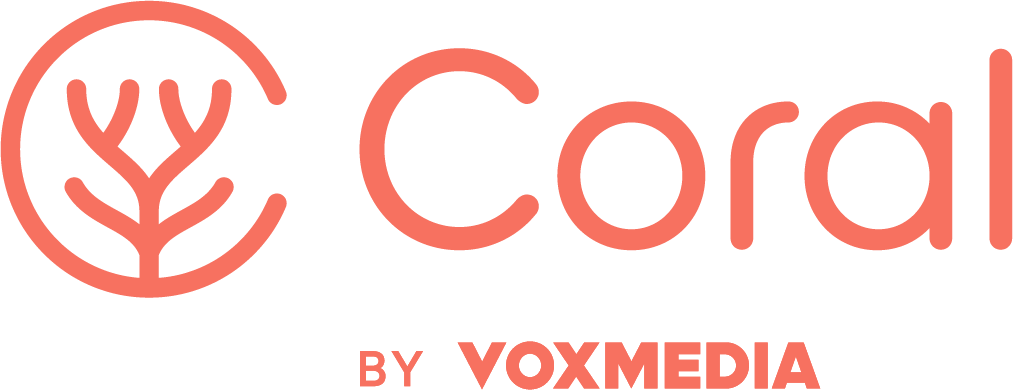by Nicole Froio
Hearken wants to change how journalism works. Founded in 2015 by public radio journalist Jennifer Brandel, its software invites people to take an active role in the editorial process by submitting and voting on questions that they want journalists to answer.
“People can use the model with pen and paper,” Brandel says. “We’ve built a custom tool set because we found it’s really hard to implement this long-term without a workflow or a system for it. They can use the model with anything, the model doesn’t require us.”
![[IMAGE] Hearken model represented by five hexagons in order: Empathize, Define, Prototype, Test.](https://blog.coralproject.net/wp-content/uploads/2016/07/Hearken-model.jpeg)
Brandel came into journalism in an unconventional way: a Fine Arts graduate by the University of Wisconsin, she went straight into a job at public radio station WBEZ in Chicago. From the beginning, she had a lot of questions about why certain news stories were prioritized in the newsroom. Unsatisfied with the answers she was given, in 2012 she experimented with new forms journalism through the Association of Independent Radio (AIR). This is where the idea that ultimately shaped Hearken began. Brandel’s Curious City series was (and is) centered around giving the Chicago public the opportunity to ask questions about their city, which WBEZ reporters would then try to answer through their investigations, creating stories that actively involved listeners in the reporting.
Today, Brandel is CEO of Hearken, whose focus is community inclusivity in the editorial process. Their tools help newsrooms to better know their audience. How can editors and journalists really know that they are serving their particular audiences well? And how can the public trust that journalists are working in the best interests of the community – and not just for profit?
![[IMAGE]Example form from Hearken labeled Local Wonder, asking about Seattle and Puget Sound](https://blog.coralproject.net/wp-content/uploads/2016/07/module3.jpg)
“I think the road to building and maintaining trust among audiences and news organizations is a long one,” says Brandel. “And this is one step towards that, by creating more opportunities for people to see each other as human beings. The more we can actually connect people, the harder it is [for journalists] to make assumptions about people and the more nuanced they have to be.”
The lack of diversity in newsrooms has been widely blamed for discriminatory editorial decisions, and Brandel says that if journalists can be more open to the public’s suggestions for stories, it might lead to different experiences, voices and stories being prioritized.
“The fact is that most newsrooms – the people who are sitting around making the decisions for what information their community gets – don’t necessarily look like the members of their community. Hearken is a way of increasing the diversity of ideas that come into a newsroom around what stories they could be doing, what information their audience is interested in getting that isn’t currently being provided.”
Such a diversity of ideas and voices was demonstrated through Hearken-powered Kut.org’s investigation on Austin’s shrinking African-American population. Like other Hearken-powered stories, this investigation would have been very different without their audience-driven format. Brandel also suggests that Hearken can really change editorial lines.
The Hearken platform is changing mindsets in newsrooms across the world: less than a year old, their platform is already powering audience engagement in more than 50 newsrooms across eight countries.
Brandel says that the reporting is improving as a result. “These questions that come in and the answers and the reports that come out of it are things that really broaden the types of stories that newsrooms do. Hearken helps push newsrooms towards more creative and different types of stories that they report,” she says.
Find out more about Hearken by visiting www.wearehearken.com and by reading their Medium publication at www.medium.com/we-are-hearken


